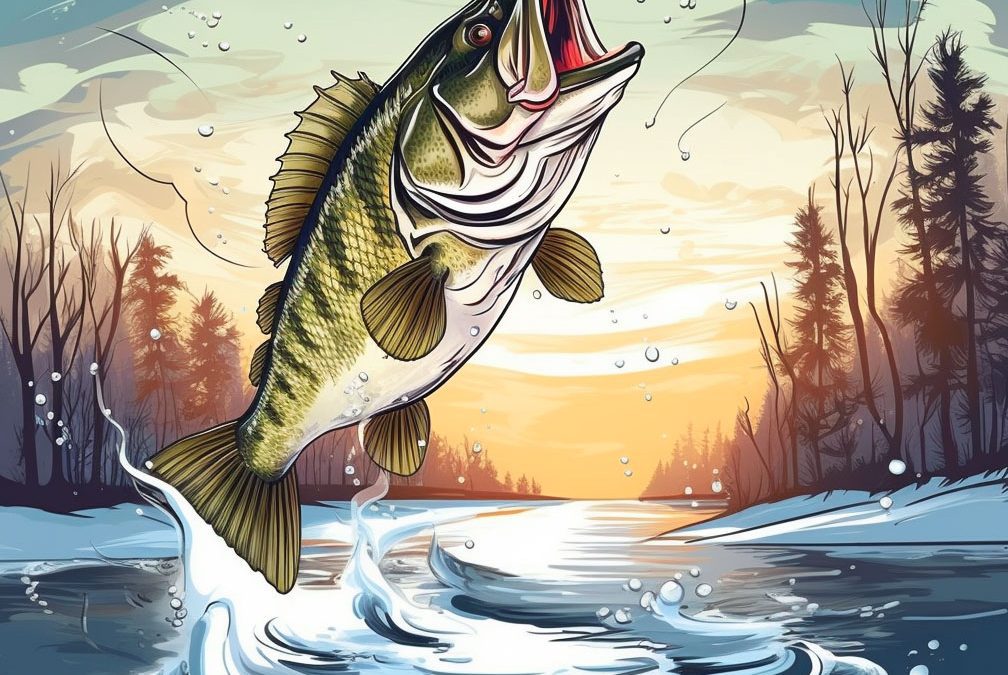As an avid bass angler, I am always on the lookout for new tips and tricks to improve my fishing game. One of the challenges of fishing for largemouth or smallmouth bass in February is their slow metabolism due to the cold water temperatures. However, with patience, the right equipment, and understanding of their feeding behavior and habitat in winter, you can still have a successful fishing trip.
Understanding Largemouth and Smallmouth Bass in February
As an avid angler, February is a month that I look forward to every year, especially when it comes to targeting largemouth and smallmouth bass. While some may think that the cold weather would deter these fish from feeding, I have found that they can be incredibly active during this time if you know how to approach them.
One of the most important things to understand is how the behavior of these fish differs during this season. While both largemouth and smallmouth bass are known to be highly opportunistic and voracious feeders, they tend to be less active and more selective in the winter months. They will often move to deeper water where the temperature is more stable and remain there for extended periods of time.
This makes finding these fish a bit more challenging, but not impossible. In general, I have found that largemouth bass tend to stick closer to cover, such as submerged vegetation or fallen logs, while smallmouth bass tend to hold on rockier bottoms. Understanding which areas to focus on is key to success.
Another aspect of their behavior during this time is their feeding patterns. While they may not be as active as they are during the warmer months, they will still feed. However, their feeding windows will be shorter and less frequent. It is important to be patient and persistent, as you may need to make several attempts before getting a bite.
When it comes to bait selection, I have found that it is best to use lures that mimic the smaller forage that these fish are targeting during this time. For largemouth bass, I have had success using jigs or plastic worms that imitate a worm or insect crawling along the bottom. For smallmouth bass, I tend to use lures that mimic small baitfish, such as swimbaits or crankbaits.
Another factor to consider is water temperature. Both large and smallmouth bass are cold-blooded, which means that their body temperature is influenced by the temperature of the water they are in. During the winter months, the water temperature is much colder, which can slow down their metabolism. This means that they will not need to feed as often, and will not be as aggressive when they do feed.
Understanding this aspect of their behavior is crucial when it comes to selecting the right time of day to fish. I have found that the best time to target these fish is during the warmest part of the day when the water temperature is at its highest, which is usually in the late morning or early afternoon.
In terms of location, I have found that largemouth bass tend to be more active in shallow water near cover during this time, while smallmouth bass will stick to deeper water along rocky bottoms. Finding these areas can take some time, but once you locate them, there is a good chance that you will be able to catch several fish.
Finally, I have found that your approach to fishing can also have a significant impact on your success during the winter months. It is important to be patient and persistent, as the fish will not always be immediately responsive to your bait. I have found that slow and steady retrieves tend to work best in these situations, as the fish are less likely to go after lures that are moving quickly.
In conclusion, while the winter months can present some unique challenges when it comes to targeting largemouth and smallmouth bass, with the right approach and understanding of their behavior, it is still possible to have a successful day on the water. Patience, persistence, and a good understanding of the fish you are targeting will be key to success.
Feeding Patterns and Habitat Preferences During Cold Weather
As an avid fisherman, I have spent countless hours studying the behaviors and feeding patterns of largemouth and smallmouth bass. February may seem like an unlikely month to catch these fish, but with the right knowledge and techniques, it can be a fruitful time for anglers.
Largemouth bass, also known as black bass, are commonly found in freshwater bodies such as lakes, rivers, and ponds. They have a reputation for being slow during the winter months, but can still be caught with patience and persistence. In February, largemouth bass tend to congregate in deeper waters, especially around structures such as submerged trees, rocks, and drop-offs. These structures provide shelter and cover for the fish, and also attract smaller prey for the bass to feed on.
One effective technique for catching largemouth bass in February is to use slow-moving lures such as jigs or soft plastic worms. These lures mimic the movement of sluggish prey and can entice even the most lethargic bass. It is also important to use a slow retrieval speed to match the pace of the fish. Another strategy is to use bait that mimics the natural diet of the bass, such as crayfish or minnows.
Smallmouth bass, on the other hand, are known for their agility and prefer cooler water temperatures. They are commonly found in streams and rivers with faster currents and rocky bottoms. In February, smallmouth bass tend to move towards deeper pools and eddies, where they can rest and conserve energy.
To catch smallmouth bass in February, it is important to use lures and bait that mimic the natural prey found in colder water. This can include small jigs, spinners, or crankbaits. It is also important to target areas where the fish are likely resting, such as deep pools or behind rocks. One effective technique is to cast upstream and let the lure drift naturally towards the fish, mimicking the movement of prey in the current.
Both largemouth and smallmouth bass have unique feeding patterns in February, but there are some common factors that can increase your chances of catching these fish. Firstly, it is important to have the right equipment, including a sturdy fishing rod and reel, appropriate line weight, and sharp hooks. It is also important to choose the right time of day, as bass tend to be more active during early morning or late afternoon.
In addition, it is important to pay attention to weather patterns and water conditions. In colder water, fish tend to move more slowly and may require a more subtle approach. On warmer days, bass may become more active and feed more aggressively. Water clarity and color can also play a role in the feeding patterns of bass, as they are more likely to take bait or lures that are visible in the water.
In conclusion, February may seem like an unlikely time to catch largemouth and smallmouth bass, but with the right knowledge and techniques, it can be a fruitful time for anglers. Understanding the unique feeding patterns of these fish, as well as paying attention to equipment, weather, and water conditions, can increase your chances of success. So grab your fishing gear and head out to the water, because you never know what you might catch.
Factors That Affect Bass Behavior in February
Other factors that affect bass behavior in February include the weather itself. During periods of stable weather, fish are more active and likely to feed. Changing weather patterns, like a drop in temperature or a storm front moving through, can cause bass to become less active. Water clarity also plays a role in catching bass during the winter months. Clear water means that you’ll want to use smaller lures and natural colors, while murky water means that you can use larger lures and more vibrant colors since the fish can’t see as well.
Essential Equipment and Techniques
When it comes to equipment, you’ll want to keep a few things in mind for winter bass fishing. First, keep your line light since the fish aren’t as active and won’t be pulling as hard. A lighter line will also make it easier to feel bites since the fish won’t be hitting as hard as they do in warmer water. Second, use slower retrieval speeds and more subtle movements to mimic the slow and sluggish movements of the fish during the winter. Lastly, make sure to have a good pair of gloves and a warm jacket to keep yourself warm during those cold winter mornings.
Bait and Lures That Work Best for Bass in February
As an avid angler, I have spent countless hours on the water in search of the perfect catch. Whether I am targeting largemouth or smallmouth bass, February has always proven to be a challenging month. The cold winter temperatures can make fish lethargic and slow-moving, which means that selecting the right bait is crucial for success.
After years of trial and error, I have developed a few go-to baits for fishing in February. These baits have consistently produced results for me and are sure to help any angler looking to catch largemouth or smallmouth bass in the winter.
The first bait that I recommend for catching largemouth and smallmouth bass in February is a jig. Jigs are versatile baits that can be fished in a variety of ways, including dragging them along the bottom or swimming them through the water column. They are also great for imitating the natural baitfish that bass are feeding on during the colder months.
When selecting a jig, I typically opt for a ⅜ to ½ ounce size in a natural color like brown or green pumpkin. I also prefer jigs with a tough, durable skirt and a small to medium-sized hook. For fishing in heavy cover, a weedless jig is a great option to avoid snagging on underwater obstacles.
Another bait that I have had great success with in February is a lipless crankbait. These baits are perfect for covering large areas of water quickly, which is especially important when fish may be scattered due to colder temperatures. Lipless crankbaits also have a tight, vibrating action that can entice bass even when they are not actively feeding.
When selecting a lipless crankbait, I generally choose a ½ to ¾ ounce size in a natural color like silver or gold. I also look for a bait with a tight wobble and sharp hooks to ensure a strong hookset. Lipless crankbaits can be fished at varying depths by adjusting the retrieve speed, making them a versatile bait for different water conditions.
The third bait that I recommend for catching largemouth and smallmouth bass in February is a finesse worm. These baits are great for targeting finicky fish that may be hesitant to bite larger, more aggressive baits. Finesse worms are also perfect for fishing in clear or heavily pressured water, where a more subtle presentation is necessary.
When selecting a finesse worm, I generally opt for a 4-6 inch size in a natural color like green pumpkin or watermelon. I also prefer baits with a straight or curl tail for added action. Finesse worms can be fished on a drop shot rig, shaky head, or Texas rig, which allows for a variety of presentations depending on the fishing conditions.
In addition to these three baits, I also recommend using live bait like minnows or shiners. Live bait can be especially effective for targeting lethargic fish that may not be as willing to bite artificial baits. Live bait also gives off a natural scent and movement that can trigger a bite from even the most stubborn fish.
When using live bait, it is important to consider the size of the baitfish in the area and match your bait size accordingly. I also recommend using a slip bobber to adjust the depth of the bait and keep it in the strike zone. Live bait can be fished with a simple hook and split shot rig or a more advanced Carolina rig setup.
In summary, the best baits for catching largemouth and smallmouth bass in February are jigs, lipless crankbaits, finesse worms, and live bait. These baits are versatile, efficient, and have consistently produced results for me in the past. Remember to take your time when selecting a bait and consider the fishing conditions before making your final decision. With the right bait and a little patience, you can catch the perfect winter bass.
Techniques for Finding and Catching Bass in Winter Conditions
When it comes to techniques for finding and catching bass in winter conditions, there are a few tips and tricks that can increase your chances of success. First, start by locating areas that provide refuge for the bass. Structures like rock piles and weed beds are great places to start since they offer protection from the harsh winter elements. Second, keep your bait or lure close to the bottom since that’s where the fish are more likely to be during the winter months. Lastly, use a slow and subtle retrieve to mimic the fish’s slow movements, and focus on small movements like twitching or shaking your bait or lure to entice a bite.
Best Places to Find Largemouth and Smallmouth Bass in February
As an avid angler, I have spent countless hours on the water trying to hone my skills and figure out the best spots to catch largemouth and smallmouth bass. In my experience, February can be a challenging month for fishing, but with the right approach and a bit of knowledge, you can still land some impressive fish.
When it comes to February bass fishing, it’s important to keep a few things in mind. First and foremost, the water temperature is going to be significantly colder than in the warmer months, so you’ll need to adjust your tactics accordingly. Additionally, bass tend to be in a more sluggish state during the winter, so you’ll have to be patient and persistent in your efforts.
That being said, there are some specific spots that have consistently produced good results for me during February. Here are my top recommendations:
- Deep Water Structures
One of the most reliable spots to catch bass in February is around deep water structures. This could include things like underwater ledges, drop-offs, and submerged humps and ridges. Look for areas where there is a significant change in depth, as this is where bass like to gather during the winter months.
To target these structures effectively, I like to use a jig and pig combination. The jig imitates a crawfish or bottom-dwelling creature, which is a favorite food source for both largemouth and smallmouth bass. Make sure to fish slowly and deliberately, keeping your bait close to the bottom where the fish are likely to be.
- Rocky Shorelines
Another productive spot to fish for bass in February is along rocky shorelines. These areas provide cover and structure for the fish, and are often home to schools of baitfish that the bass are feeding on.
When fishing rocky shorelines, I like to use a jerkbait or crankbait. These lures mimic the movement of baitfish, and can be worked through the water column at different depths. Experiment with different retrieves until you find the one that is most effective for the conditions you are fishing in.
- Docks and Piers
Docks and piers are often overlooked by anglers, but they can be a goldmine for bass fishing in February. These structures provide cover and shade for the fish, and are often home to schools of baitfish.
To fish docks and piers effectively, I like to use a finesse worm on a Carolina rig. This setup allows you to present the bait in a natural and subtle way, which is often key to getting bites in the colder water. Cast your bait as close to the structure as possible, and be prepared for a strike at any moment.
- Grass Beds
If you can find healthy grass beds in the winter, they can be a productive spot to fish for bass. Grass provides cover and structure for the fish, and can be a good place to find schools of baitfish.
When fishing grass beds, I like to use a spinnerbait or buzzbait. These lures imitate prey moving through the grass, and can be worked through the vegetation effectively. Focus on areas where there is a change in depth or a break in the grass, as these are likely areas where fish will be concentrated.
- Creek Channels
Finally, creek channels can be a productive spot to fish for bass in February. These channels often provide a deeper water refuge for bass when the water temperature drops, and can be a good place to find schools of fish.
When fishing creek channels, I like to use a deep diving crankbait or a jigging spoon. These lures can be worked through the water column effectively, and can trigger strikes from fish that are holding in deeper water. Look for areas where the channel makes a turn or narrows, as these are likely areas where fish will be concentrated.
In conclusion, February bass fishing can be a challenging but rewarding experience. By targeting specific spots like deep water structures, rocky shorelines, docks and piers, grass beds, and creek channels, you can increase your chances of landing some impressive largemouth and smallmouth bass. Remember to fish slowly and methodically, and be patient in your efforts. With a bit of persistence and a bit of luck, you may be surprised at what you can catch in the colder months.
Time of Day for Optimal Fishing Success
In terms of the time of day for optimal fishing success, bass tend to be more active during stable weather patterns and are more likely to feed in the morning and late afternoon. However, since they are less active during the winter months, you may need to be more patient and wait for the right conditions to present themselves. Keep an eye on the weather forecast and try to plan your fishing trips around periods of stable weather.
Tips for a Successful Bass Fishing Trip in February
When it comes to a successful bass fishing trip in February, there are a few tips to keep in mind. First, focus on staying warm and comfortable, since you’ll be spending a lot of time outside in the cold weather. Dress in layers and bring plenty of warm gear like gloves and a hat. Second, be patient and don’t get discouraged if the fishing is slow. Winter bass fishing requires patience and persistence, so keep working at it and be prepared to switch up your techniques until you find what works. Lastly, take care of the fish and the environment. Release the fish quickly and handle them with care so that they can continue to thrive in their natural habitat.
Conclusion
In conclusion, while winter bass fishing can be challenging, it can also be incredibly rewarding. By understanding the feeding behavior and habitat preferences of largemouth and smallmouth bass during the winter months, using the right equipment and techniques, and being patient and persistent, you can have a successful bass fishing trip even during the coldest months of the year. So grab your gear, bundle up, and get out on the water this winter!
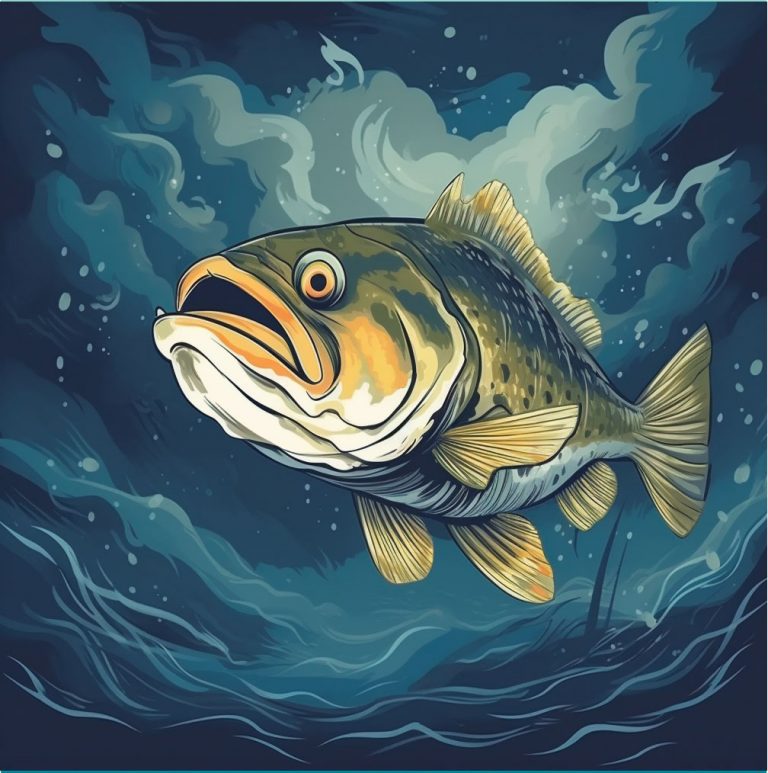
Best Lure Colors for Cloudy Days: Catch More Bass
Fishing has been a popular hobby for centuries. It is an excellent way to relax, stay active, and appreciate nature. One of the most sought after game fish in the United States is the largemouth bass. Bass fishing presents a unique challenge, and one of the critical components to its success is selecting the right […]
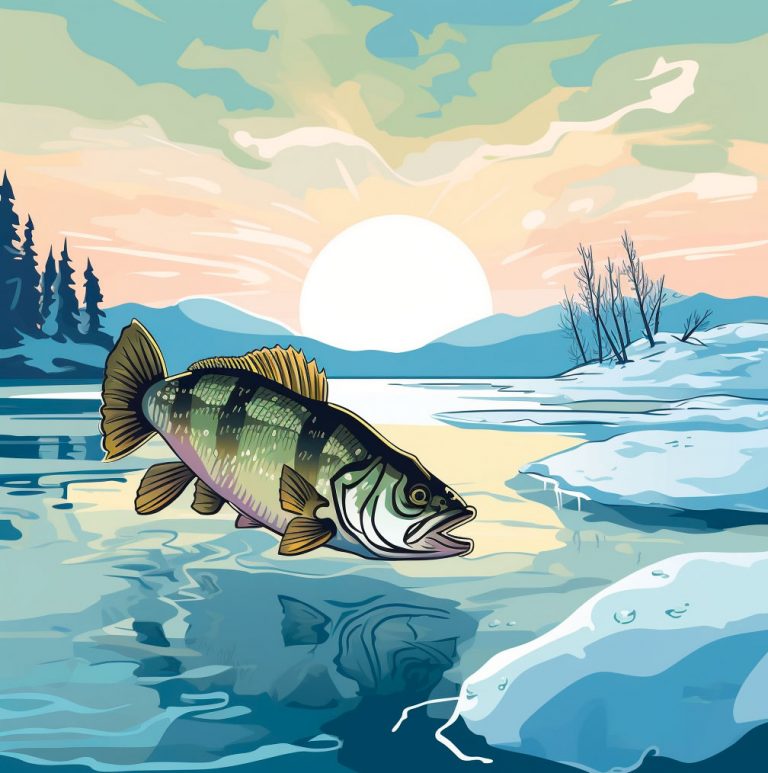
What temperature is too cold for bass?
Introduction Bass fishing is a favorite pastime for many anglers, and to be successful, one must understand the behavior of this species of fish. The temperature of the water is a crucial factor that dictates bass behavior and occurrences. So the question arises, what temperature is too cold for bass? This article aims to explore […]
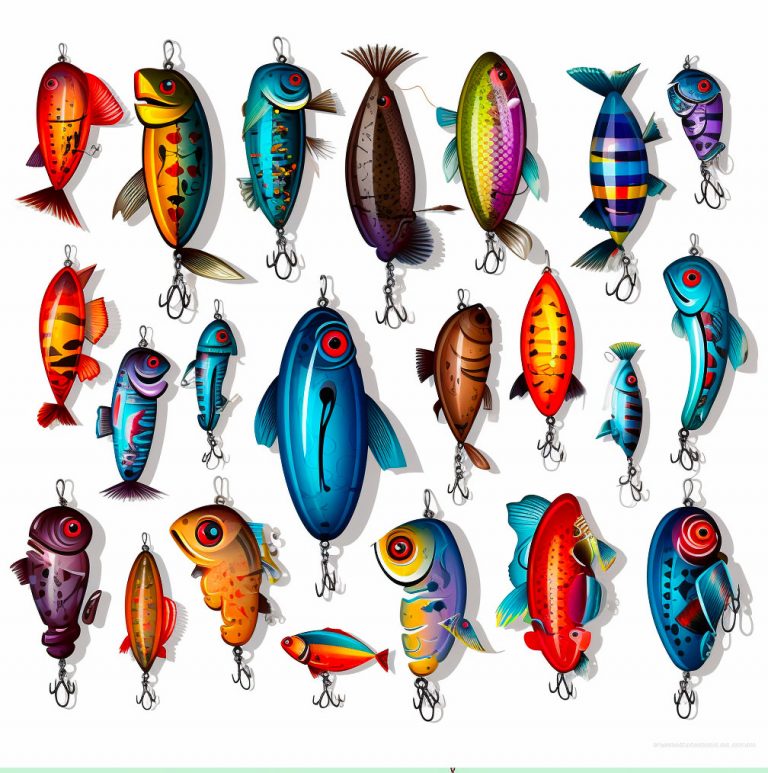
What Colors Do Bass Like in Winter?
As the cold winter months settle in, many anglers tend to pack away their fishing gear and wait out the season before hitting the waters again. However, if you’re a bass angler, you know that winter can be a great time for fishing for this species. While it’s true that bass are notoriously difficult to […]
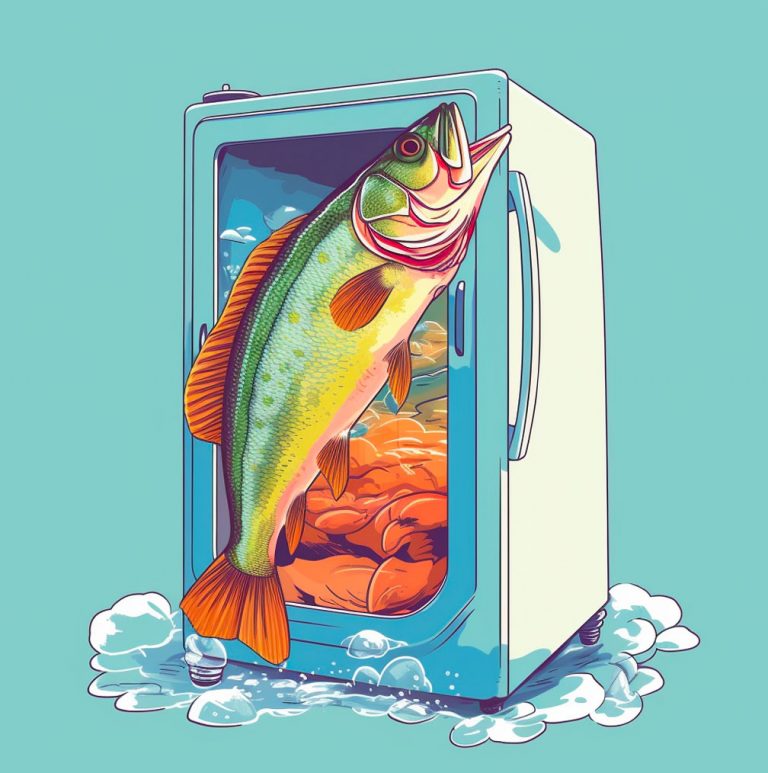
Why Don’t Bass Bite in the Winter?
Winter fishing can be a challenging experience for many anglers, especially those who are accustomed to the warmer temperatures and more active fish during the rest of the year. During the winter months, anglers often find that bass are less responsive and less likely to bite. This can make winter fishing frustrating for those who […]
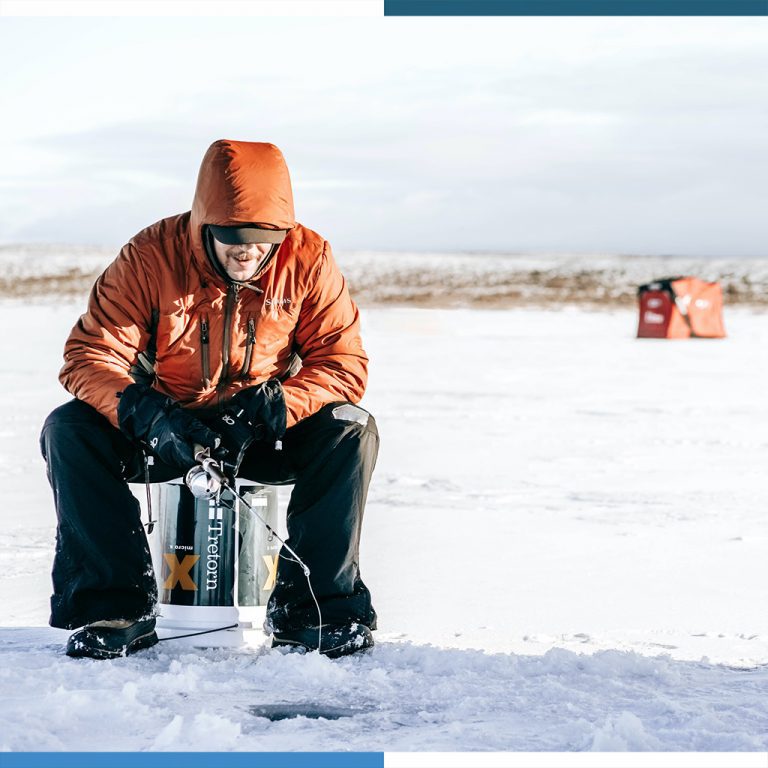
Do Bass Slow Down in Winter?
As the weather starts to cool down, many fishermen begin to wonder about the behavior of bass during the winter months. Do bass slow down in winter? Are they more difficult to catch? Understanding how bass behave during the winter season can significantly impact your fishing success. In this article, we will explore the behavior […]
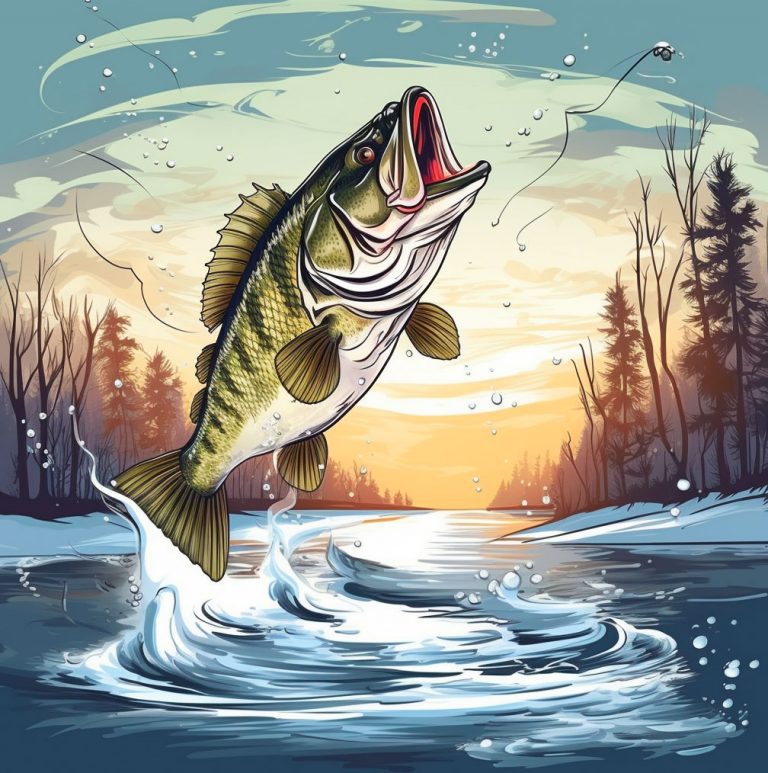
Will Bass Bite in 30 Degree Water?
If you’re an avid angler, there’s no stopping you from pursuing your passion, even if it’s winter. However, fishing in cold water is entirely different from fishing in warm water. As outdoor enthusiasts, we need to understand how different seasons affect the behavior of fish and how we can adapt to it. One of the […]

